The Good Earth Green Hydrogen and Ammonia (GEGHA) project in northern New South Wales (NSW) has achieved financial close, with construction of the proposed project to begin in October with installation of 27 MW of solar panels, adding to an existing 9 MW, followed by the hydrogen and ammonia plant in early 2026.
Once complete, it aims to replace fossil fuels by using solar energy to power 15 MW electrolysers, which will split rain water into hydrogen and oxygen to produce up to 16 tonnes of green ammonia per day.
It will also be the state’s first end-to-end hydrogen production hub, decarbonising local fertiliser manufacturing and use.
The product of a joint venture between New Zealand green hydrogen developer Hiringa Energy and the Queensland-headquartered agricultural operation Sundown Pastoral Company, the GEGHA will be located on the Moree Plains, 676 kilometres northwest of Sydney.
The fertiliser produced from the ammonia, will be used on Sundown’s 65,000-acre sustainable cotton and cropping Keytah farm, and other properties in the New England region.
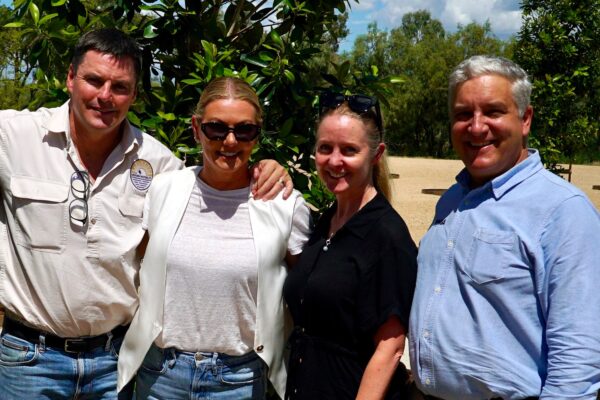
Image: Hiringa
The project will be built ajacent to an existing 9 MW solar farm and the Wathagar Cotton Gin, which is a joint venture between Sundown and Australia’s largest cotton gin network operator, Namoi Cotton, and the NSW government is investing $35.8 million (USD 23.7 million) in the project as part of the NSW Hydrogen Hubs initiative.
“It’s a model for overcoming the obstacles that have held back the establishment of these new green industries. By strategically partnering with Sundown Pastoral Co, we’re anchoring demand with supply to meet the immediate needs of the agricultural sector,” Clennet said.
GEGHA will also supply approximately 224 tonnes of green hydrogen per annum for direct use, to be consumed as part of Hiringa’s heavy-vehicle refuelling network, as well as on-farm to displace diesel in irrigation pumping, further decarbonising the agricultural supply chain from paddock-to-port.
“As both a template and a catalyst GEGHA paves the way for decentralised fertiliser production across NSW’s agricultural valleys – cutting emissions, meeting demand, and driving a more resilient regional economy,” Clennet said.
Since 2023, the NSW Government has awarded $109.3 million in funding to projects in the Hunter, Port Kembla and Moree regions to help reach the green hydrogen production capacity target of 700 megawatts (MW) by 2030.
NSW Government Climate Change Executive Director Jenny Merkley said the project is an example of genuine innovation in New England.
“The GEGHA project – along with others in the NSW Hydrogen Hubs Initiative – are taking major steps towards reducing carbon emissions in essential industries,” Merkley said.
“NSW industries will learn from the hydrogen hubs across the state, with potential to leverage hydrogen-enabled value chains such as this, creating more jobs, experience and capabilities in sustainable industries as we progress towards net zero.”
This content is protected by copyright and may not be reused. If you want to cooperate with us and would like to reuse some of our content, please contact: editors@pv-magazine.com.

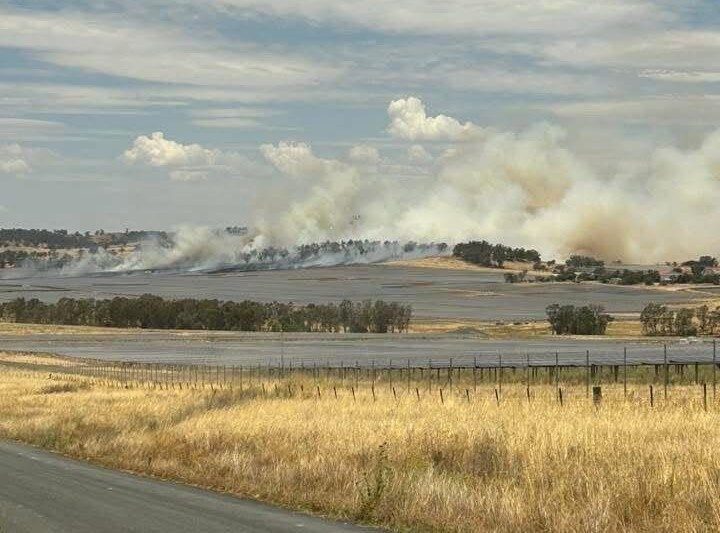


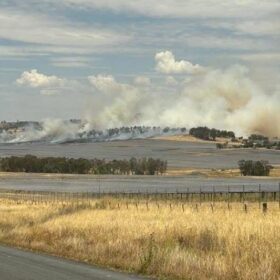
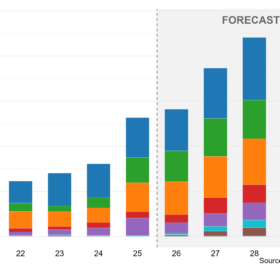
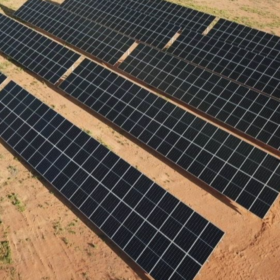
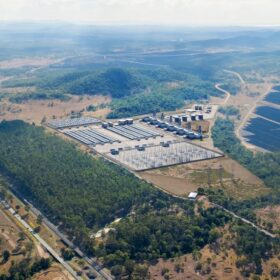
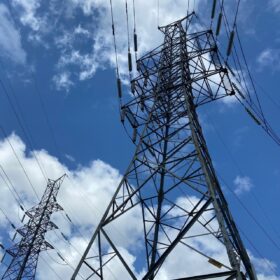
By submitting this form you agree to pv magazine using your data for the purposes of publishing your comment.
Your personal data will only be disclosed or otherwise transmitted to third parties for the purposes of spam filtering or if this is necessary for technical maintenance of the website. Any other transfer to third parties will not take place unless this is justified on the basis of applicable data protection regulations or if pv magazine is legally obliged to do so.
You may revoke this consent at any time with effect for the future, in which case your personal data will be deleted immediately. Otherwise, your data will be deleted if pv magazine has processed your request or the purpose of data storage is fulfilled.
Further information on data privacy can be found in our Data Protection Policy.